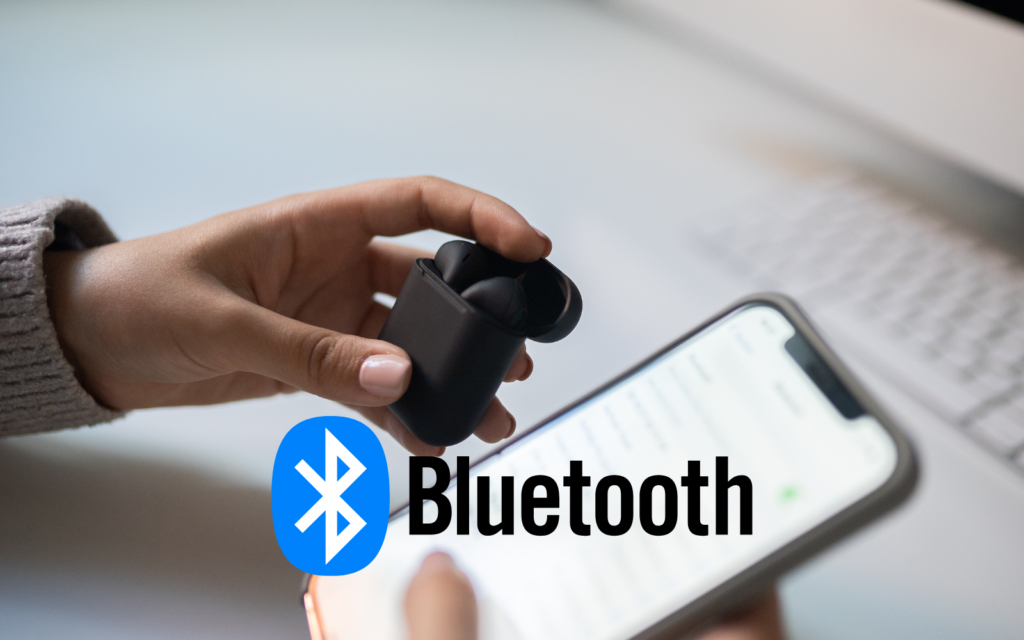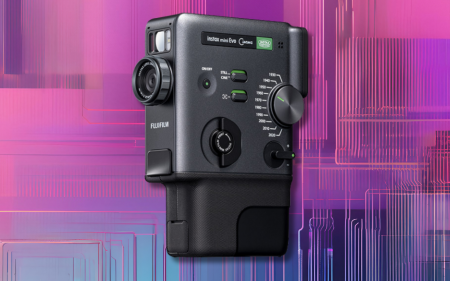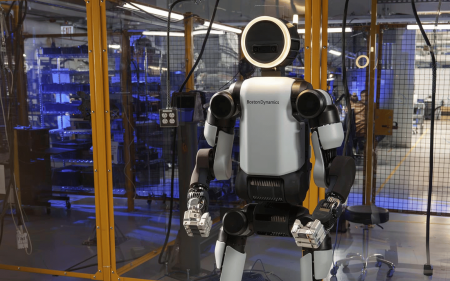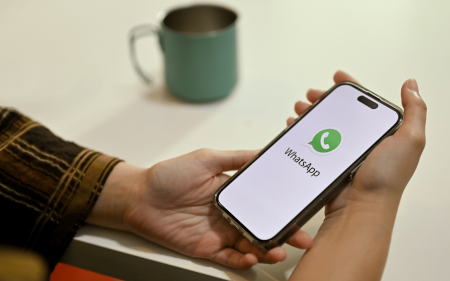Bluetooth, the technology that was once the wireless connectivity superstar, has humbly taken the backseat to other technologies. But the gap that has opened over the years may be closing. The 20-year-old technology is set for an upgrade.
The Bluetooth Special Interest Group (SIG) this week announced its plans to increase Bluetooth LE’s bandwidth. The group is working on two projects that are expected to boost audio, video, and sharing for devices using the wireless standard.
Getting long in the Bluetooth
SIG says the technology is “set to more than double the Bluetooth LE data rate…taking it up to four to six megabits — maybe up to eight megabits, depending on the way the specification sorts out.”
With the upgrade in data rate, Bluetooth-enabled headphones, earbuds, and speakers won’t need need to rely on specific codecs or hardware to connect and share deliver lossless audio quality.
Currently, to use Bluetooth without losing quality, you’d need Snapdragon Sound, a device that’s compatible with aptX Lossless codec. You’d also need a reliable wireless link.
Read More: Stop emailing yourself: the best file sharing options across devices
Bluetooth SIG’s second project plans to expand Bluetooth’s 2.4 GHz spectrum band to a faster 6 GHz. This will enable it to support faster data rates. WiFi, which previously mainly ran on the 2.4 GHz and 5 GHz bands, recently expanded to the 6 GHz frequency with the recent launch of WiFi 6E devices and routers.
Chuck Sabin, the Senior Director for Market Development at SIG, says the upgrades won’t be designed to compete with WiFi technology. This was hard to believe until he spoke about the timeframes for the expected upgrades.
“It’s really too early to talk about timing, but we do see this as securing the next 20 years plus of performance enhancements for Bluetooth. ” Sabin told the participant during the briefing.
Twenty years is a long time in tech innovation and enhancement. At this rate, it appears as though the upgrades are designed more to keep up with other technologies rather than surpass them. It’ll be no surprise if Bluetooth technology continues to take a supporting role alongside wireless standards with a lot more shine.
Source:Bluetooth SIG, Digital Trends




